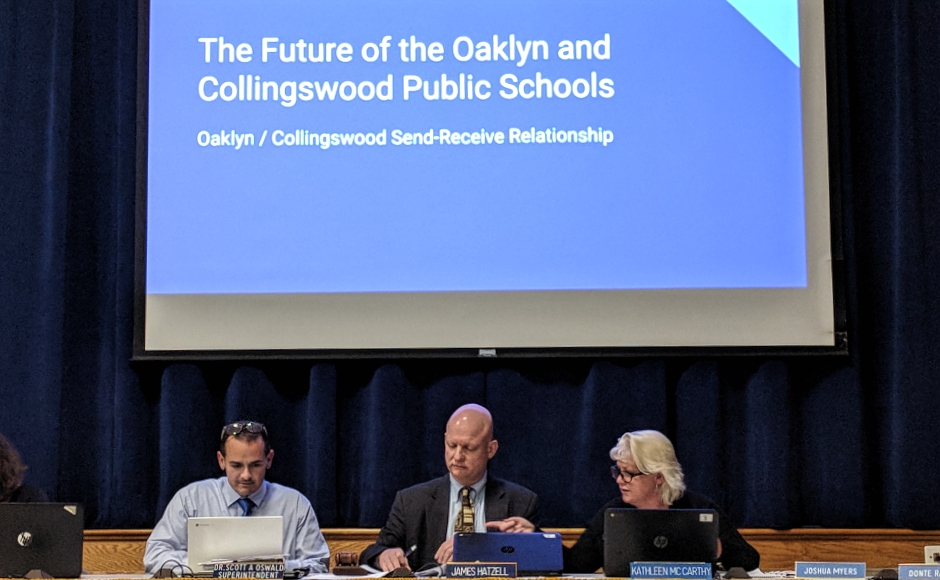 The Collingswood and Oaklyn school districts will explore a proposal to expand their send-receive relationship to include middle-schoolers as well as high-schoolers in 2018. Credit: Matt Skoufalos.
The Collingswood and Oaklyn school districts will explore a proposal to expand their send-receive relationship to include middle-schoolers as well as high-schoolers in 2018. Credit: Matt Skoufalos. The Collingswood and Oaklyn school districts will explore a proposal to expand their send-receive relationship to include middle-schoolers as well as high-schoolers in 2018. Credit: Matt Skoufalos.
The Collingswood and Oaklyn school districts will explore a proposal to expand their send-receive relationship to include middle-schoolers as well as high-schoolers in 2018. Credit: Matt Skoufalos.

